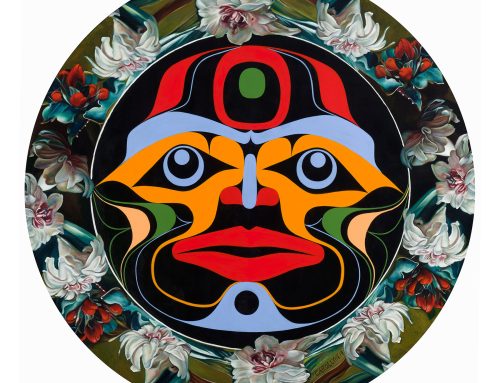Project Description
What is it like to be a squirrel?
Squirrel Dichromatic Colour Vision This is a video of more-than-human neighbours whose territory surrounds my home. The video was then processed with a program that retrieves images from video file stored in a drive and performs a colour transformation. Eastern Grey Squirrels have excellent dichromatic colour vision. This video simulates the colour vision of the Grey Squirrel as a way to examine the subjective reality of our own senses and to better imagine their worldview. Developed in C++
Squirrel Dichromatic Colour Vision (2.43 min) began with a look at philosopher Thomas Nagel’s reflection on mind-body limitations and the subjective nature of experience in his classic essay “What is it like to be a bat?” (1974). We can assume that bats have experience through echolocation, for instance, but trying to know what it’s like to be a bat is limited to the resources of our own minds. “Conscious experience is a widespread phenomenon. It occurs at many levels of animal life, though we cannot be sure of its presence in the simpler organisms, and it is very difficult to say in general what provides evidence of it” (Nagel 436). This reminds me of Donald Rumsfeld’s “Unknown Unknowns.” There are things we do not know that we don’t know. It is certainly possible to believe that there are facts about bats that we will never comprehend. Still, technology is making strides in helping humans devise methods for experiencing things outside of ourselves, like sonar, for instance.
My latest research into the biology of the Eastern Grey Squirrel has led me to discover they have excellent dichromatic colour vision that is mediated by green and blue cones, which effectively makes a tree squirrel red-green colour blind. Nagel says that “an organism has conscious mental states if and only if there is something that it is to be that organism – something it is like for the organism” (436).
What a Squirrel Sees (2018) simulates the colour vision of the Grey Squirrel to examine the subjective reality of our own senses and to better imagine their worldview. My Hair Squirrel Mask (2012-2018), explores what it would be like to be a squirrel in a tactile sense by using my own hair to create a furry outer layer. The series mtSQRL speculates the convergence of human and squirrel DNA. In Squirrel Co-Lab (2018), I learned how frequently squirrels mark their territory. Sharing urban space with non-humans has become a contentious issue for many humans. My belief is we can come to know someone else through experience, which can promote new forms of empathy and cohabitation.
A sample of my latest work was featured at Art Toronto 2018 to simulate the colour vision of the Grey Squirrel through oil painting colours. I also had dichromatic spectacles available at Fazakas Gallery’s booth for visitors to engage in an interactive experience.









